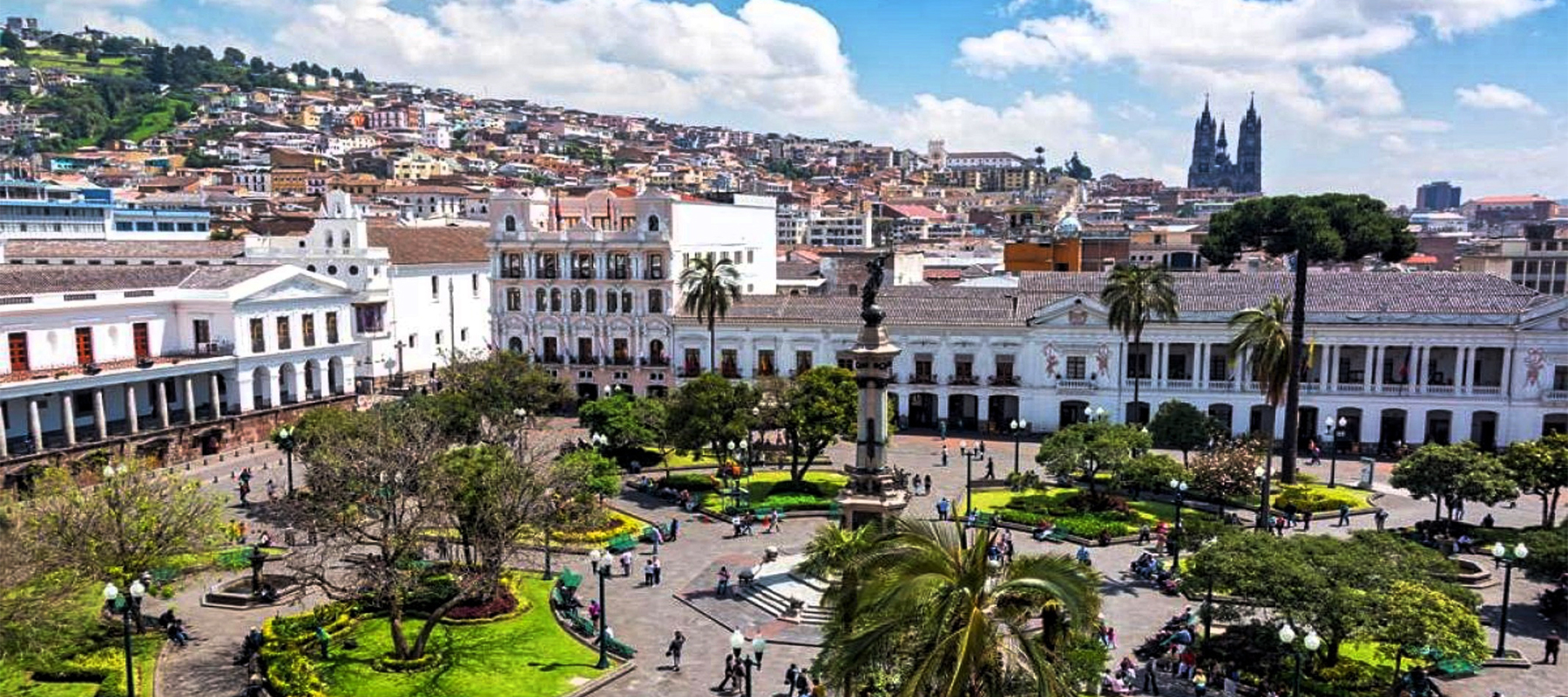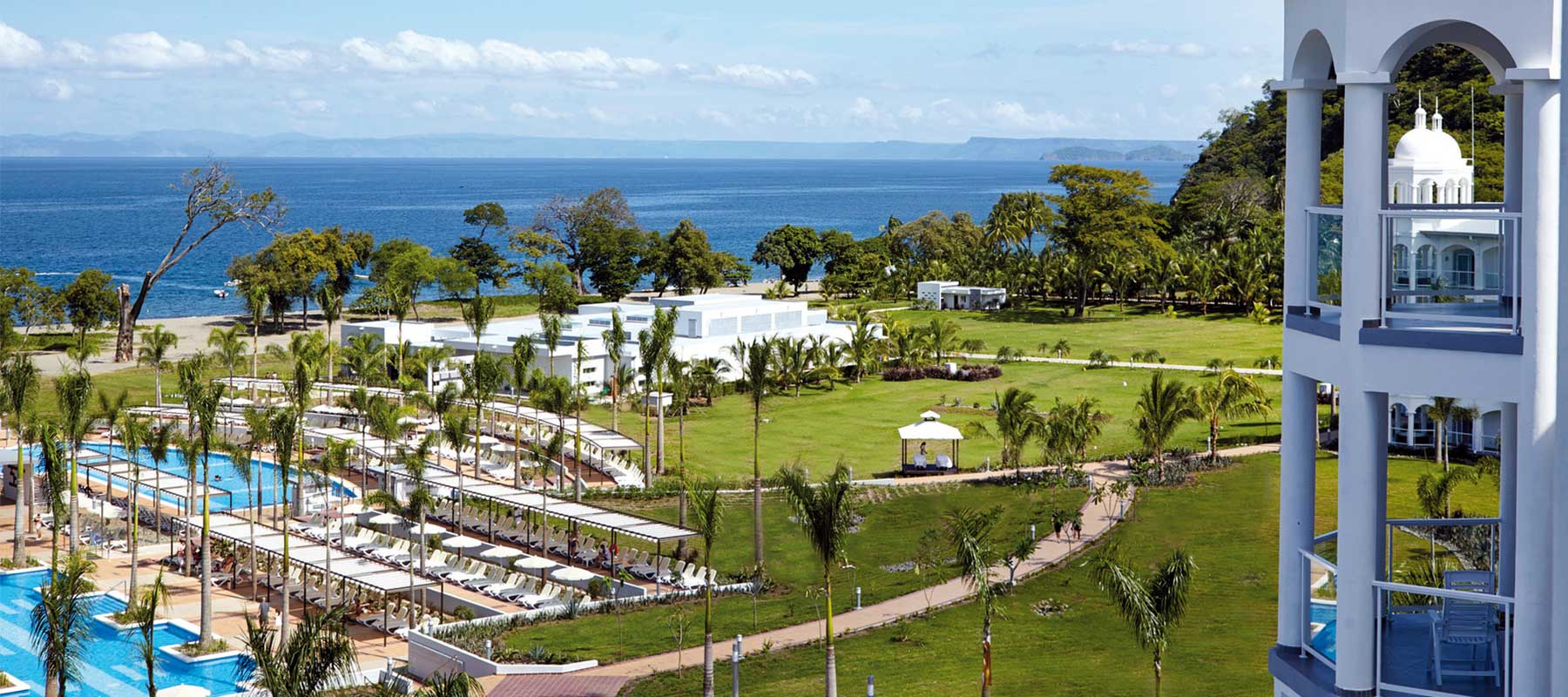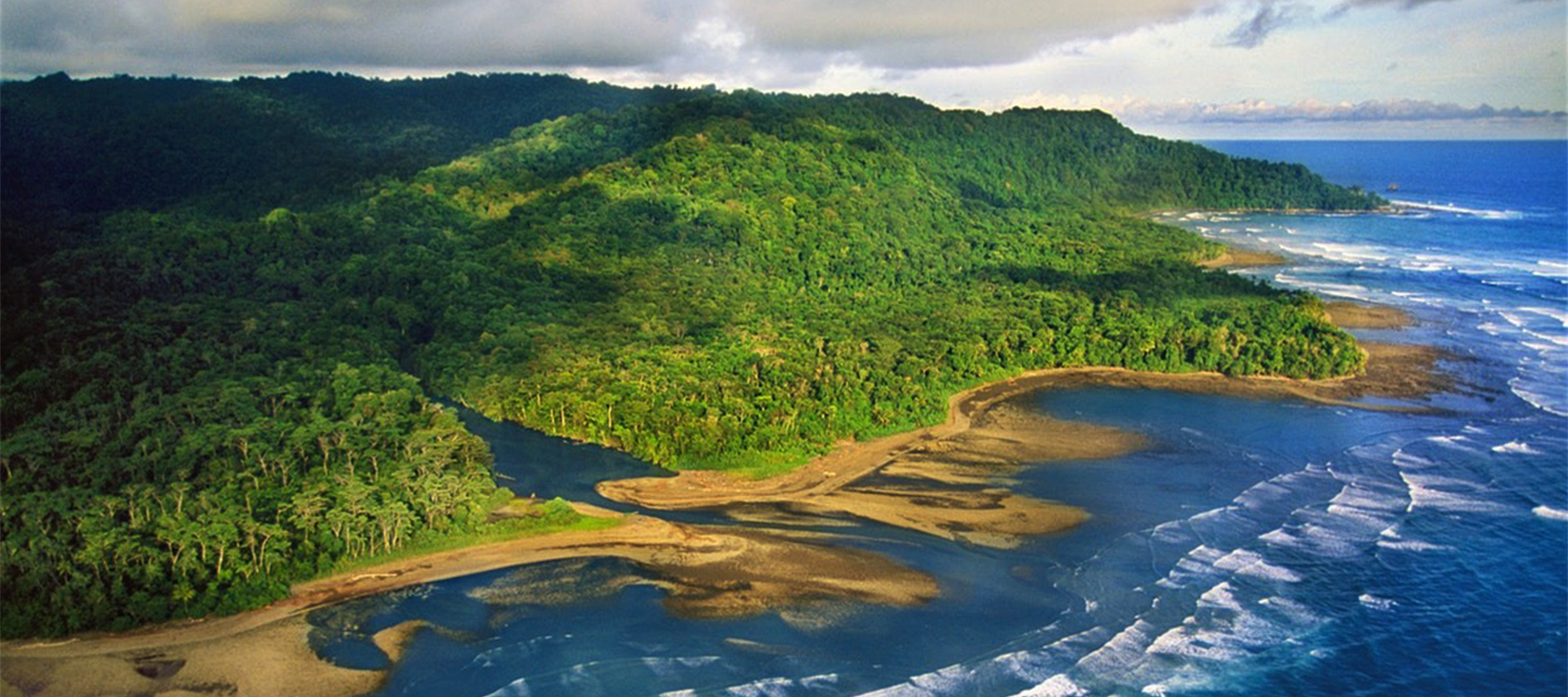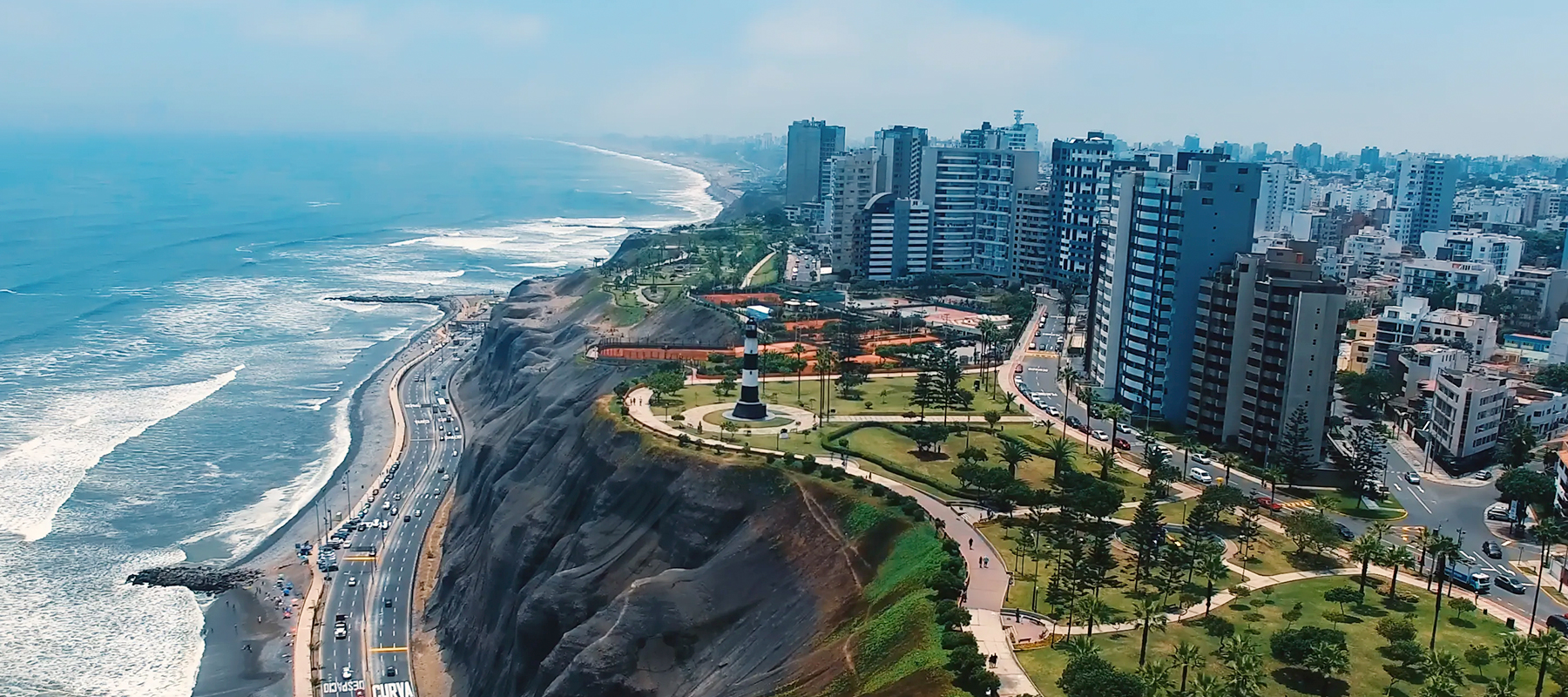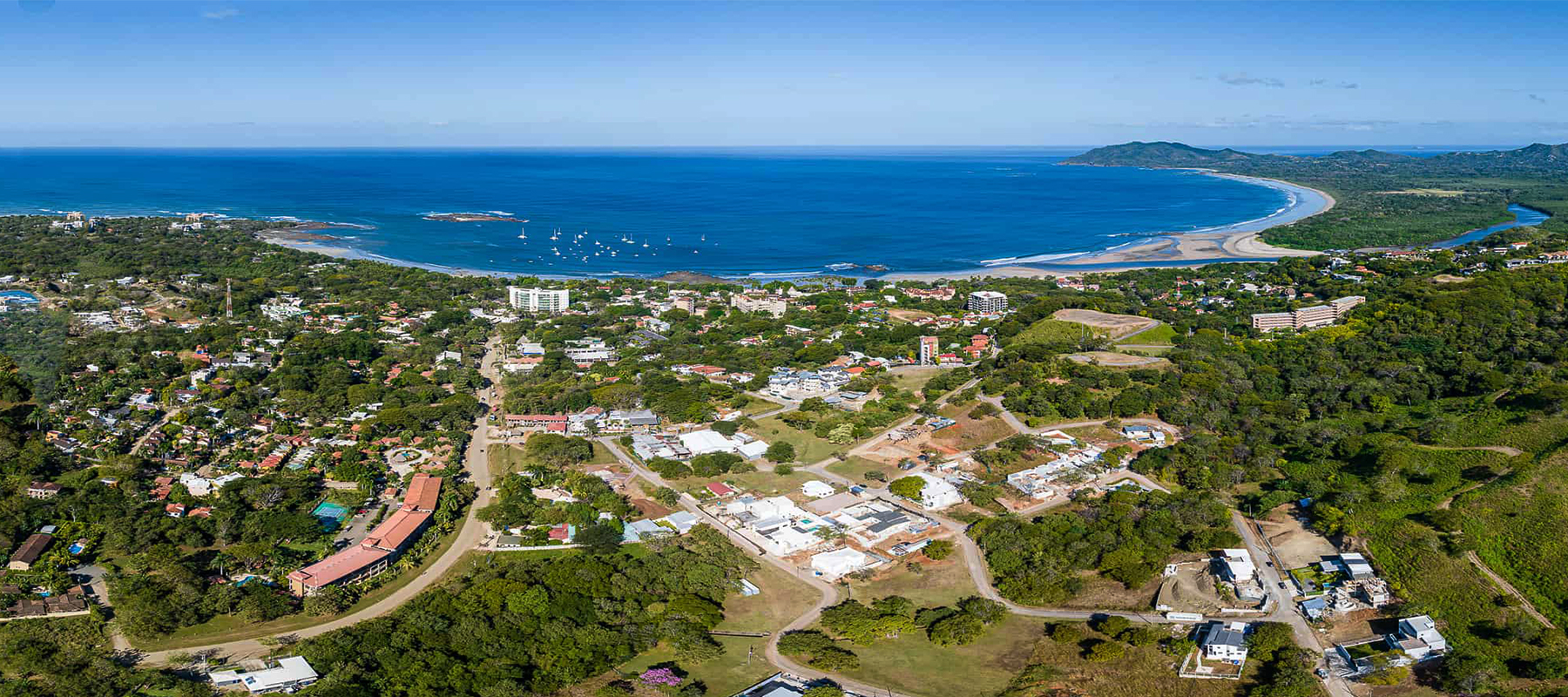Architect Mathieu de Genot went back to his native Quito, Ecuador, in 2011 after almost a decade spent working and residing in New York and Paris. Back then, the city seemed peaceful, isolated, and virtually unnoticed by the rest of the world. "We used to joke about Quito being in the middle of the world, but also in the middle of nowhere," Genot informed me.
Quito, Ecuador, is the second-highest-altitude capital in the world, behind La Paz, Bolivia, at 9,350 feet above sea level. The juxtaposition of vertiginous informal growth with forested hillsides and gleaming glass towers jostling for space with 17th-century churches gives it an atmosphere that is true to type. For the majority of its recent history, or at least from the time Ecuador initially designated the Galápagos Islands as a national park in 1959, the capital has been more of a stopover for tourists en route to the coastal ecological paradise, rather than the main attraction. But Quito is quickly becoming a gastronomic and design mecca. "Before, nobody really knew where we were," Genot stated. "They are now learning it at last."
Quito has developed its own distinct character thanks in large part to its remote position, which has kept the city isolated for a long time and continues to baffle tourists (I was disoriented when I arrived because of the fog caused by altitude sickness). "Those mountains are it. Colors are the key. "The beauty you see in the folk art here," remarked Margara Anhalzer, director of Olga Fisch Folklore and a curious nook of Quito's living past. Olga Fisch, great-aunt Anhalzer and an artist and designer, fled Nazi persecution in Hungary in 1939 and found refuge in Quito with a small group of other émigrés. She started collecting art from before and after colonization after immersing herself in Indigenous artisan practices. In addition to her own Modernist jewelry and fabrics, she also marketed works by local artists.
Today, Fisch's shop and museum are still open for business, run by her grandniece. During my visit, Anhalzer showed me around Fisch's restored house in the La Floresta neighborhood, which had been a stronghold for the city's artistic elite for many years. The house was filled with vibrant folk and folk-inspired antiques.
The area is quite traditional, but it's also a place where the ancient and the modern come together, according to Rodrigo Pacheco, who is probably the most famous chef de cuisine in Ecuador (mostly because of his role in the Netflix series The Final Table). Pacheco made a play on the name of his latest enterprise, which he chose for the artsy enclave, just like the place itself. A deluxe nationwide tour of traditional Ecuadorian cuisine is on offer at Foresta, an avant-garde restaurant that opened just last year. Some of the dishes include ishpingo-flavored ice cream atop buñuelos, cocktails made with the enigmatic rhubarb-ish naranjilla fruit, and a cuttlefish served with pork cracklings, sweet potatoes, and ink pooling around the plate in surrealist-looking blotches.
A setting reminiscent of a forest is ideal for serving all of this. A greenhouse roof covers the restaurant's high-ceilinged interior, which is teeming with exotic plants; the white and black color scheme serves to balance the organic touches. "I wanted it to be like an encounter with art — inside a jungle," stated Felipe Escudero, the designer of Foresta.
Even in Quito's historic core, there are plenty of surprises, so it's better left to those who like a more conventional style of architecture. I came upon Casa Anabela after a little stroll from the imposing neo-Gothic spires of the Basílica del Voto Nacional. I entered the hotel's sophisticated courtyard through a door in an otherwise empty wall of the street; the courtyard's striking 19th-century façade, adorned in a vivid shade of pink, serves as the room's focal point. The Carlota, which debuted in 2016, is just a short distance away and uses a comparable gimmick, swapping out its elaborate Beaux-Arts facade for a contemporary, minimalist interior. An awning that provides shade also serves as a solar panel, allowing the hotel's understated-yet-glamorous rooftop bar to harness some of the energy from the scorching equatorial sun.
With no signs of abating, Quito's skyline has been steadily rising in recent years, making it a likely barometer of the city's present course. Tourists like me who are interested in architecture will see the works of famous architects as we drive slowly through the city (traffic is a constant problem). These architects include Bjarke Ingels, whose work includes the boxy Iqon and the curvaceous Epiq, Moshe Safdie, whose work includes the Qorner tower on the edge of the picturesque Parque La Carolina, and, most impressively, Jean Nouvel, whose Aquarela in the Cumbayá suburb is as big and ambitious as any of his previous residential projects.
"The design really draws on the surrounding vegetation and the volcanic landscape of the area," commented Alberto Medem, an architect who was also involved in Aquarela construction. Irregular, terraced monoliths protrude from the ground with courtyards filled with vegetation in between; at first glance, the complex resembles more of a geologic formation than an architectural structure. Late last year, the first phase of the development was finished, comprising half of the 600 flats that were originally planned. Its architectural heritage is appealing, but the suite of amenities, which includes squash courts, bowling alley, and, astonishingly, an indoor ice-skating rink, is what really draws in residents.
The skyscrapers in Quito are a testament to the city's soaring aesthetic ambitions, but the street-level activity is just as crucial to its quest for international fame. I had a sneak view at the city's long-awaited subway system, which will provide Quiteños a much-needed alternative to the congested streets, as I slid a hundred feet or more beneath the historic Monestario de San Francisco. (Work continues, but limited service was launched in April.) With an above-ground section cut from a colonial villa and shiny platforms that mimic Milan's renownedly modern Metro, the San Francisco stop is both functional and aesthetically pleasing.
"It's an answer not only to our mobility and transport issues," stated Roberto Custode, head of operations for the Quito Metro. "This presents a chance for transformation." The punctuality of the Metro seems to be a fitting emblem of a city in motion, given the abundance of attractions and the high volume of visitors.
